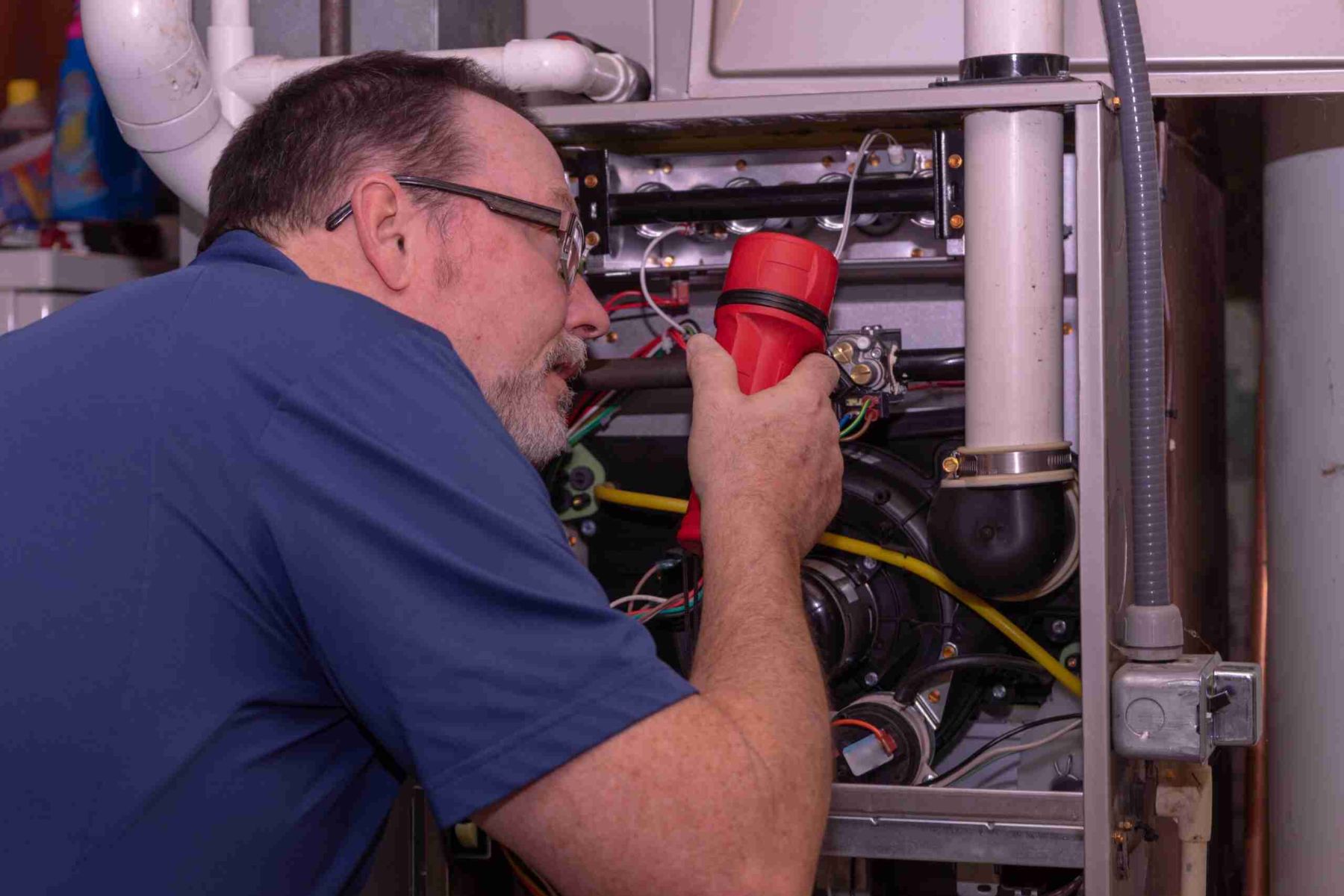

Are you experiencing sky-high energy bills despite not using any more electricity than usual? If so, your furnace may be to blame. With the winter months bringing colder temperatures and more frequent use of your heating system, it’s important to make sure your furnace is operating efficiently and not costing you more money than necessary. Regular maintenance and repair are key to avoiding unnecessary furnace repair costs. Read on to learn more about how to keep your furnace running smoothly and your energy bills low.
Your furnace plays a significant role in your energy consumption, especially during the cooler months, and can greatly impact your monthly bills. During the winter, for example, your furnace works tirelessly to keep your home warm. But if it’s not operating efficiently, it can consume more energy than necessary. This means your energy bills will reflect the extra energy your furnace is using.
Regular maintenance is crucial to ensure your furnace is operating at its best. Cleaning or replacing filters, checking and adjusting thermostat settings, and inspecting the furnace for any wear and tear can go a long way in improving efficiency and reducing energy costs.

Maintaining your furnace ensures it will always operate at peak performance.
Now that we understand the relationship between your furnace and energy costs, in the next sections, we will explore the signs that indicate your furnace is to blame for high energy bills, the reasons why this may be happening, and effective solutions to improve your furnace’s efficiency and lower your monthly utility payment.
As much as we rely on our furnaces to keep us warm during the winter months, as mentioned, you want to ensure they’re in tip-top shape. Look out for these signs:
If you notice any of these signs, it’s important to have your furnace inspected by a professional. They can diagnose any problems and provide solutions to improve your furnace’s efficiency and lower your energy bills.
As much as we rely on our furnaces to keep us warm during the winter months, they may be other reasons behind monthly “sticker shock” in the winter. Let’s take a closer look.
One possible reason is poor insulation. If your home is not properly insulated, the warm air generated by your furnace can easily escape, forcing your furnace to work harder and consume more energy in order to maintain a comfortable temperature. Insufficient insulation in the walls, attic, or windows can all contribute to this problem.

Insulation is a simple, cheap, easy (yet often overlooked) way to improve the energy efficiency of your home including its furnace.
Another common cause is air leaks. When there are gaps or cracks in your home’s windows, doors, or ductwork, cold air from outside can seep in, causing your furnace to work overtime to compensate for the loss of heat. These air leaks not only lead to higher energy bills but also result in an uncomfortable living environment.
Finally, aside from age, it’s also important to consider the general condition of your furnace itself. A poorly maintained furnace can experience issues such as dirty or clogged filters, worn-out parts, or malfunctioning thermostats. These problems can cause your furnace to work less efficiently and use more energy than necessary.
Yes, your furnace is an absolute requirement in the winter months. But it doesn’t have to consume your monthly heating bills.
By learning the cautionary signs, exploring the reasons behind poor furnace performance and implementing several solutions to mitigate these issues, you can ensure that your furnace is not stealing your hard-earned money through unnecessarily high energy bills. Taking proactive steps to maintain and optimize your furnace will not only save you money but also contribute to a more comfortable and energy-efficient home. So, don’t wait any longer—start implementing these solutions today and enjoy the benefits of a more efficient furnace and lower energy bills. Contact us today!